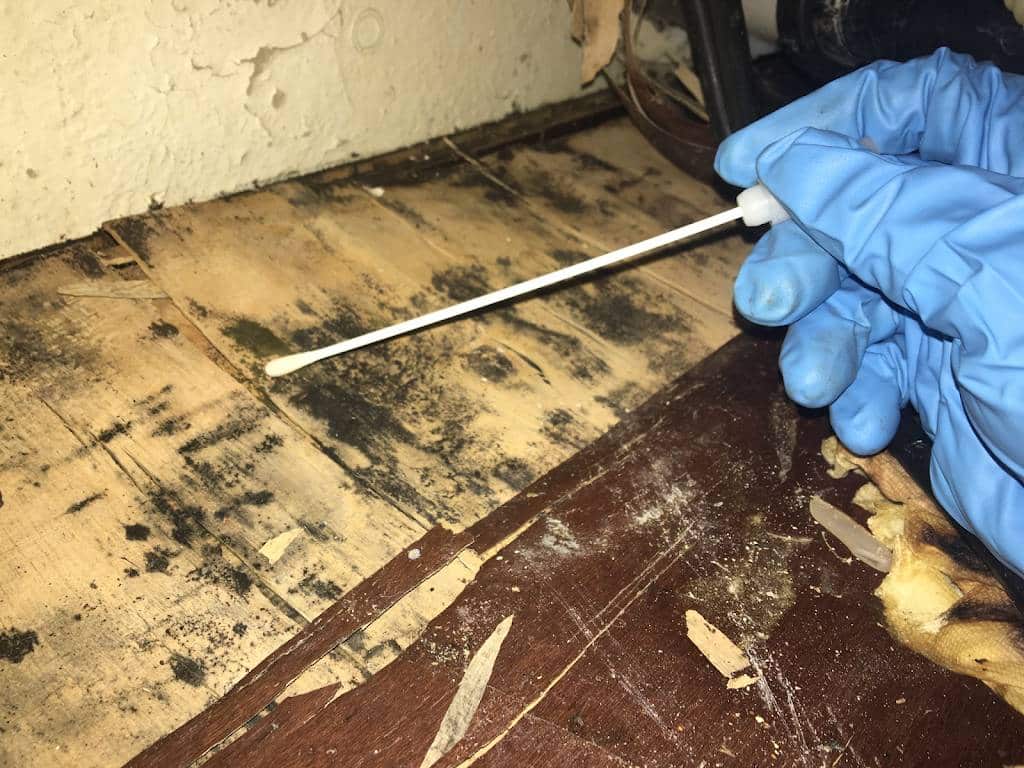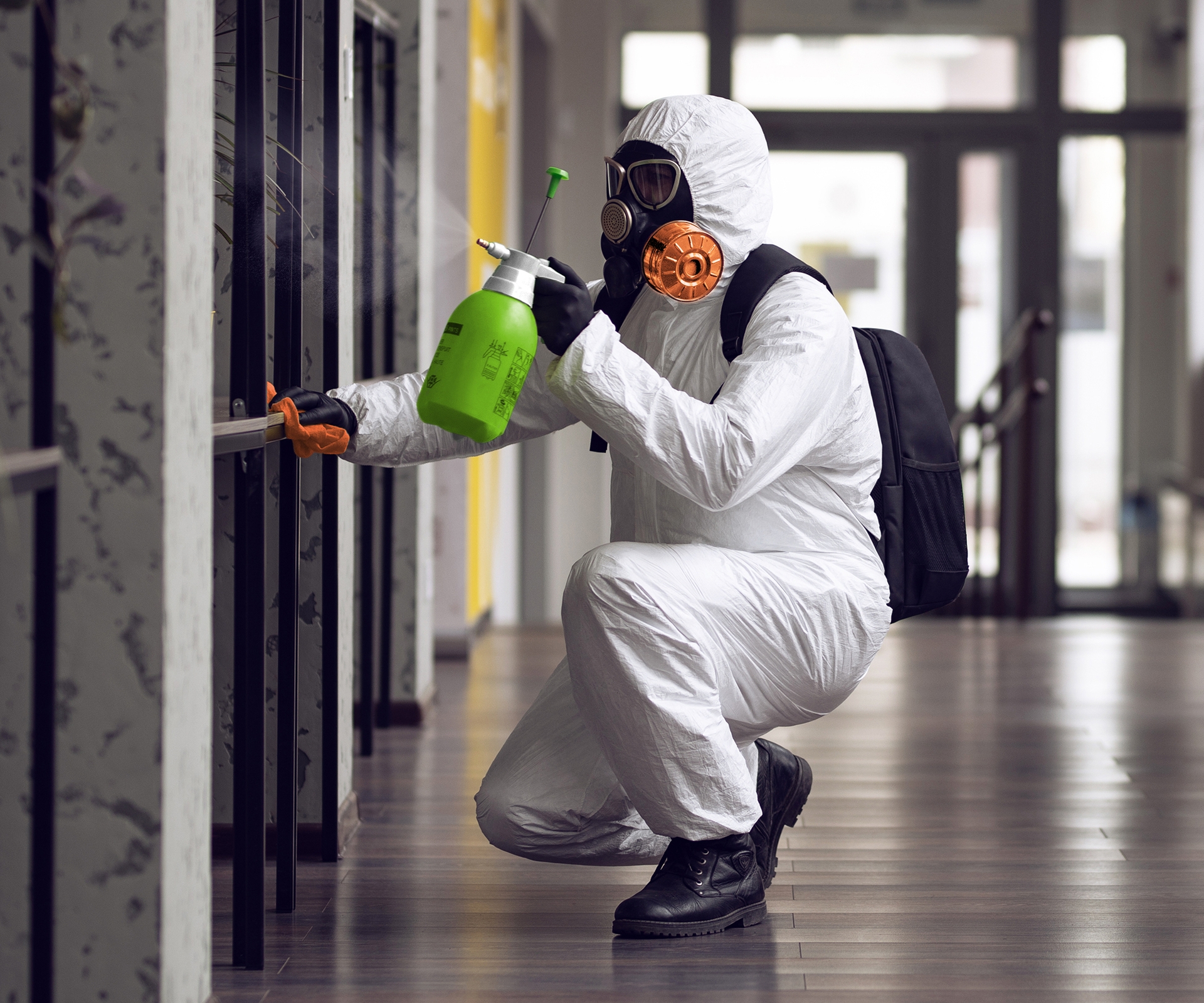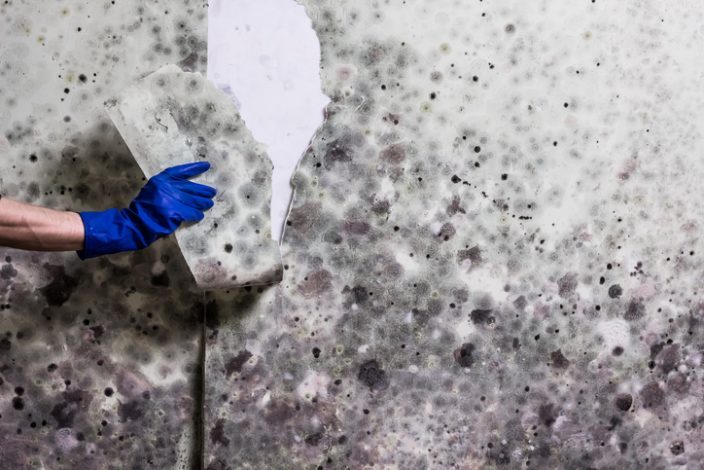Comprehensive Post Mold Remediation Procedures
Comprehensive Post Mold Remediation Procedures
Blog Article
Your Ultimate Overview to Message Mold And Mildew Removal Techniques
Browsing the world of post-mold remediation methods is a careful procedure that requires attention to detail and an extensive understanding of the ins and outs involved. In the aftermath of mold infestation, recognizing exactly how to effectively remove the mold and stop its reoccurrence is critical for keeping a healthy interior atmosphere. From selecting the ideal cleaning and disinfecting techniques to executing approaches for long-lasting mold and mildew avoidance, each step in the removal trip plays an important role in ensuring a successful result. As we start this exploration of post-mold removal strategies, we will reveal the key methods and best practices that can assist you recover your area to its pre-mold condition and guard it versus future mold threats.
Comprehending Post-Mold Remediation Refine
After completing the mold and mildew remediation procedure, it is critical to comprehend the post-mold remediation strategies that are essential to make certain a effective and detailed cleaning. As soon as the mold has been eliminated, the next action involves cleansing and decontaminating the impacted locations to stop any kind of regrowth of mold and mildew.
Moreover, conducting a final inspection post-remediation is essential to guarantee that all mold has been efficiently eliminated. This evaluation should entail a detailed visual check in addition to perhaps air sampling to confirm the lack of mold spores in the air. If the evaluation discloses any type of lingering mold, extra removal might be required. Informing passengers on precautionary steps such as managing moisture levels and quickly attending to any type of water leakages can assist maintain a mold-free environment.
Effective Cleaning Up and Sanitizing Methods

Protecting Against Future Mold And Mildew Development

Value of Correct Ventilation
Correct ventilation plays a critical duty in preventing wetness build-up, a vital variable in mold development within interior atmospheres. Efficient ventilation systems assist get rid of excess moisture from the air, minimizing the chances of mold spores finding the moisture they need to spread and germinate. Without ample air flow, indoor areas can come to be a breeding place for mold, resulting in potential wellness risks and structural damages.
By making certain correct air blood circulation, ventilation systems can also assist in drying out wet areas quicker after water damage or flooding events, better hindering mold and mildew development. Post Remediation verification. Precede like washrooms, attic rooms, kitchen areas, and cellars where wetness levels often tend to be higher, mounting and keeping effective air flow systems is vital in avoiding mold infestations

Tracking and Maintenance Tips
Offered the critical function that correct ventilation plays in stopping mold and mildew growth, it is mold removal bathroom ceiling necessary to develop reliable surveillance and maintenance pointers to ensure the ongoing performance of air flow systems. Regular assessments of ventilation systems must be carried out to look for any kind of signs of obstructions, leaks, or breakdowns additional info that could hamper proper air flow. Tracking humidity degrees within the residential property is also crucial, as high moisture can add to mold development. Mounting a hygrometer can help track moisture degrees and alert property owners to any spikes that may call for focus. Furthermore, guaranteeing that air filters are frequently cleaned or changed is essential for maintaining the effectiveness of the ventilation system. Executing a timetable for routine upkeep tasks, such as air duct cleansing and heating and cooling system inspections, can assist prevent concerns before they rise. By staying aggressive and alert to the condition of air flow systems, property proprietors can effectively alleviate the threat of mold regrowth and maintain a healthy indoor setting.
Conclusion
In conclusion, post-mold removal techniques are necessary for ensuring a secure and tidy environment. Understanding the procedure, implementing reliable cleansing and disinfecting approaches, stopping future mold development, keeping correct air flow, and routine monitoring are all essential steps in the removal procedure. By following these standards, you can efficiently remove mold and mildew and avoid its return, advertising a healthy living or working area for all occupants.
In the aftermath of mold and mildew infestation, knowing exactly how to efficiently eliminate the mold and mildew and prevent its reoccurrence is vital for preserving a healthy indoor setting. As soon as the mold and mildew has been eliminated, the next find out this here step includes cleansing and decontaminating the influenced locations to prevent any regrowth of mold and mildew - testing air quality after mold remediation. After eliminating noticeable mold and mildew growth, it is essential to cleanse all surfaces in the damaged location to remove any kind of remaining mold spores. To further boost mold prevention procedures, it is important to address underlying concerns that at first led to mold and mildew advancement.Given the essential function that correct ventilation plays in stopping mold growth, it is essential to establish effective tracking and maintenance pointers to make certain the ongoing functionality of air flow systems
Report this page